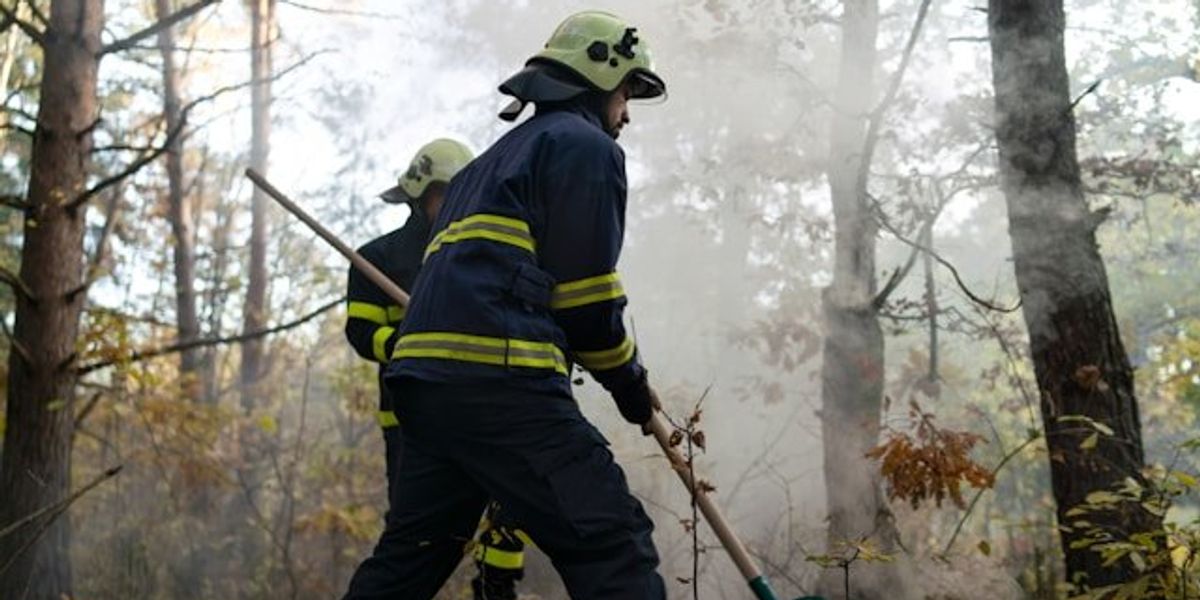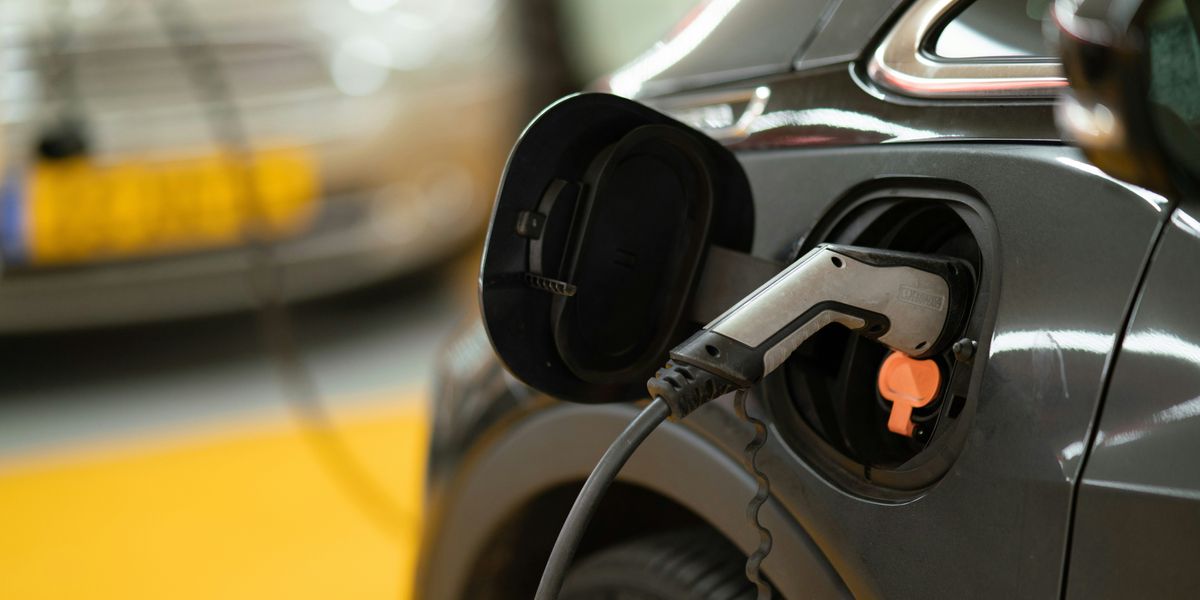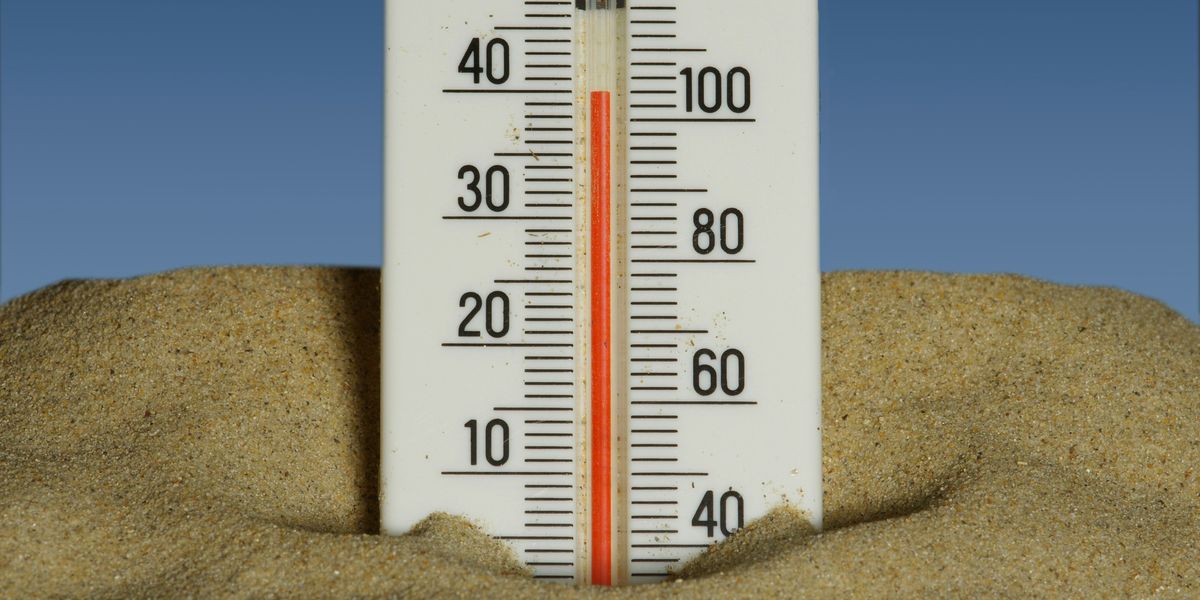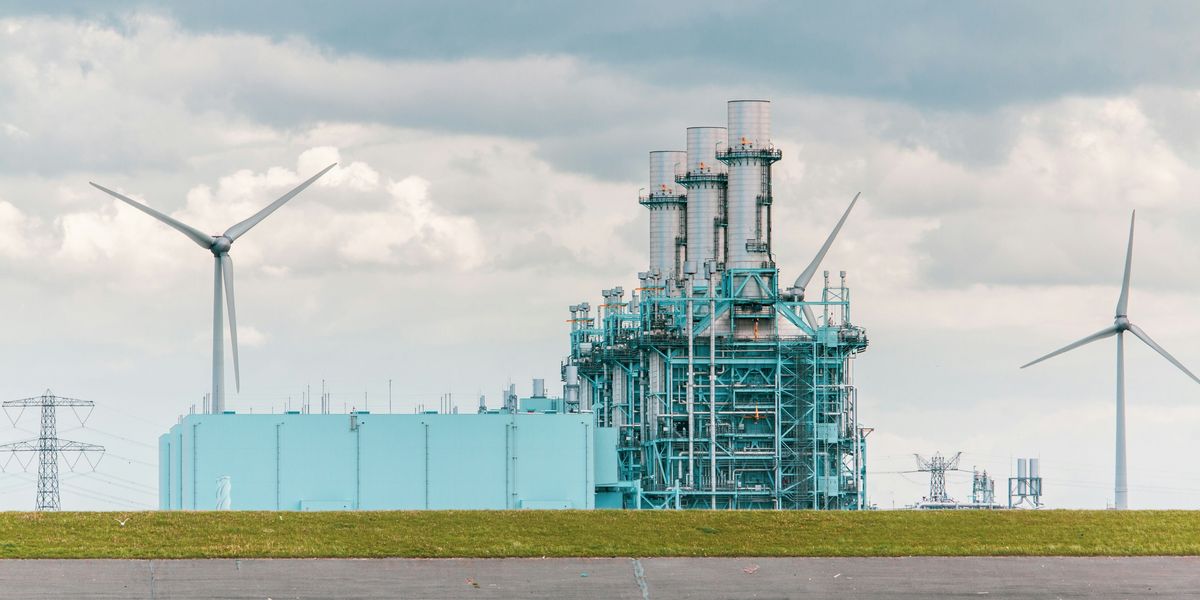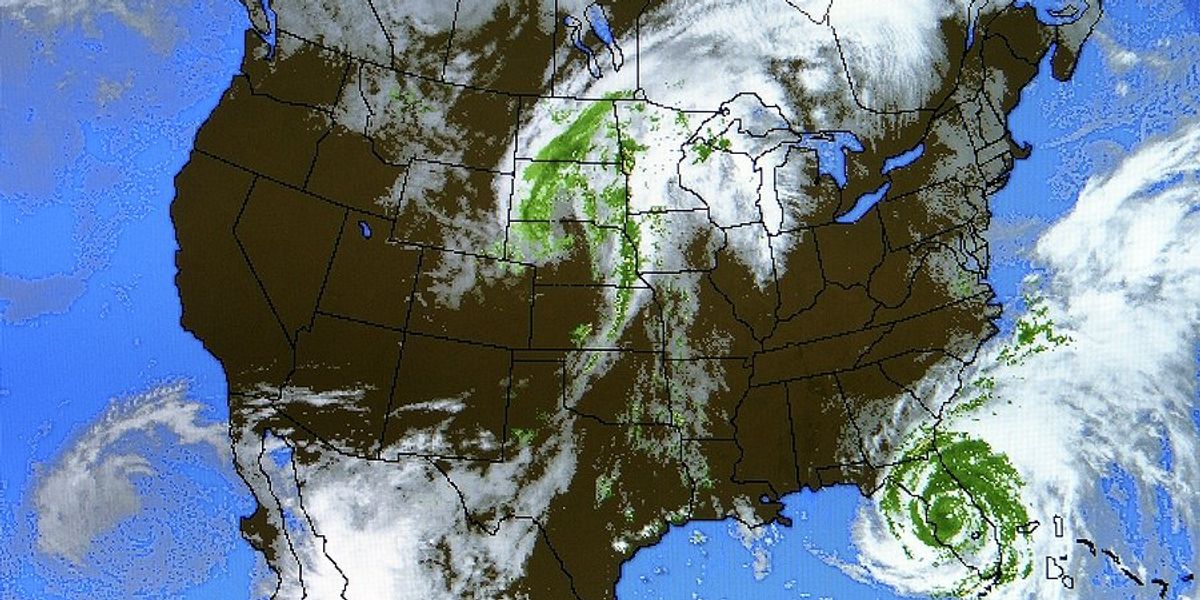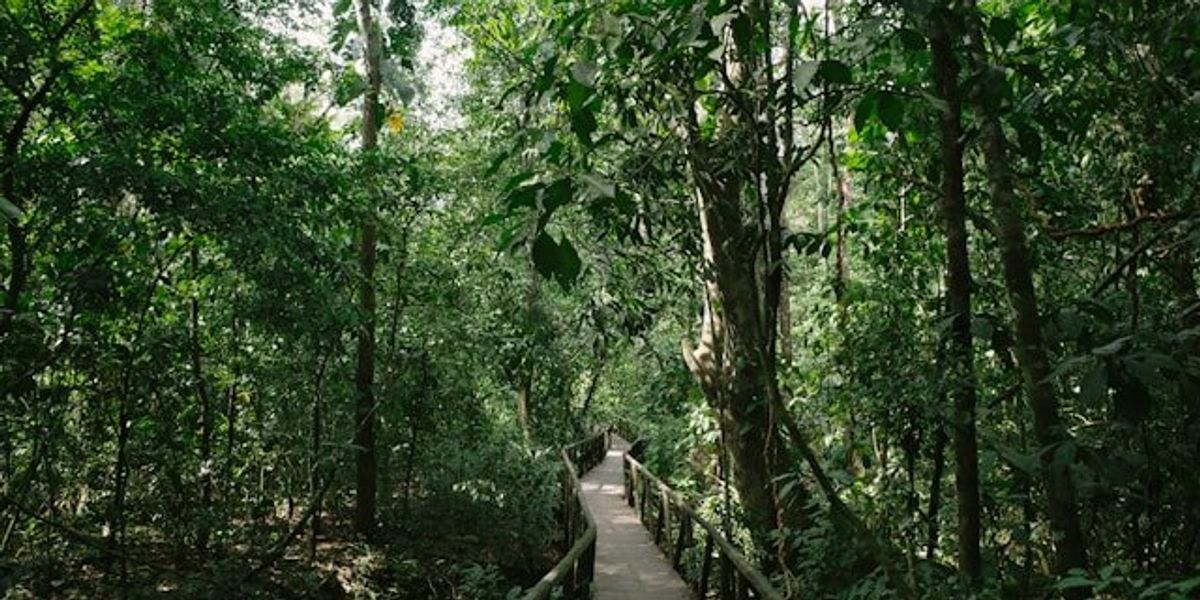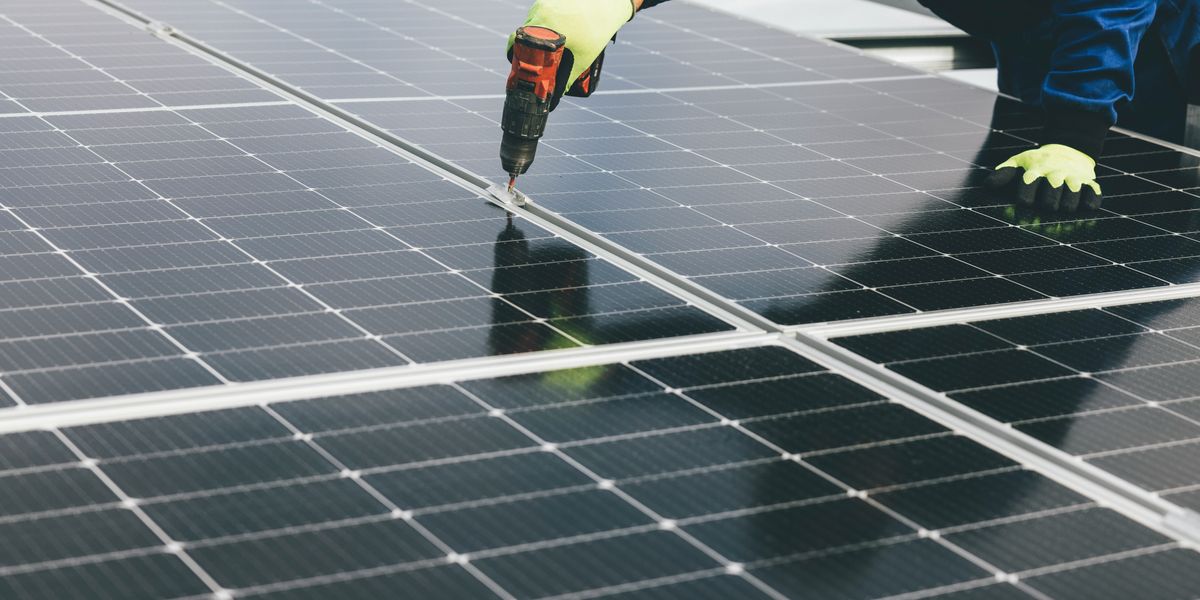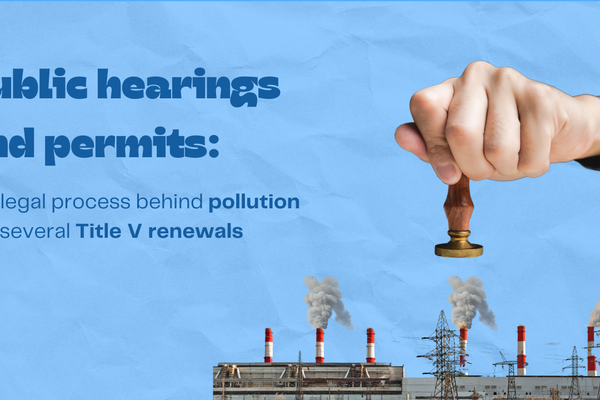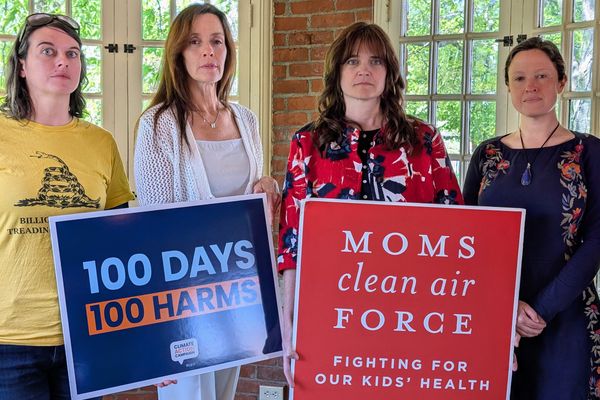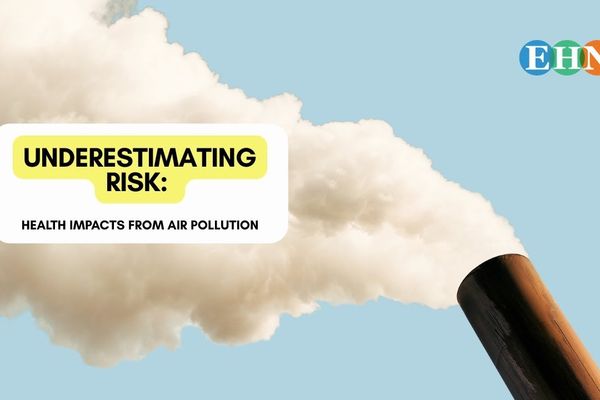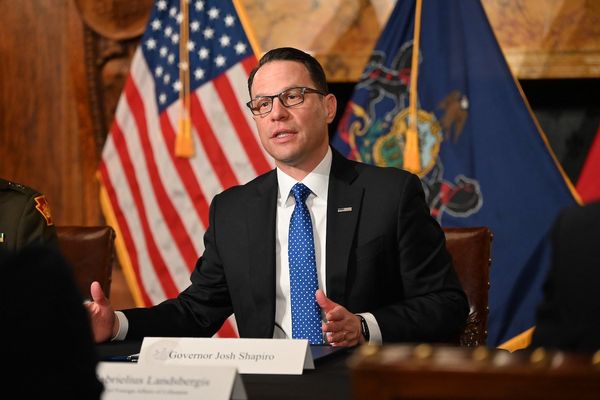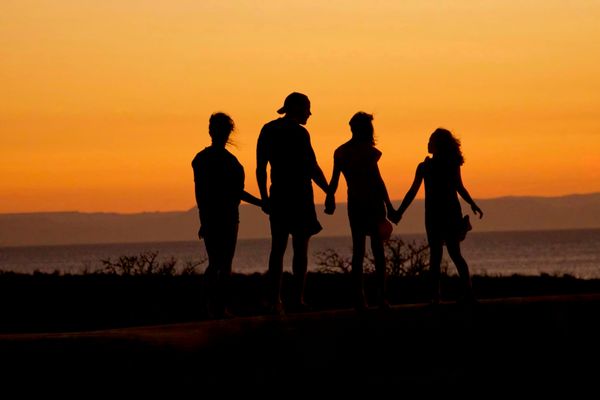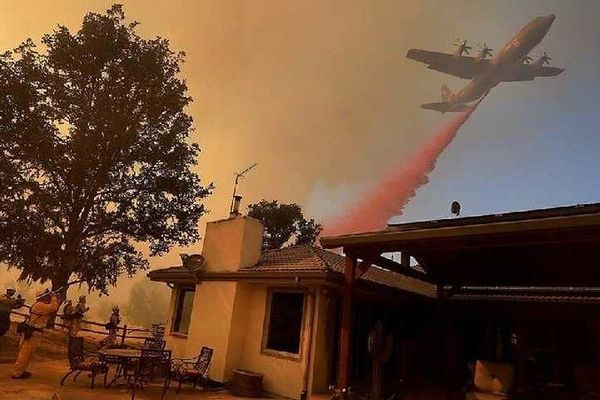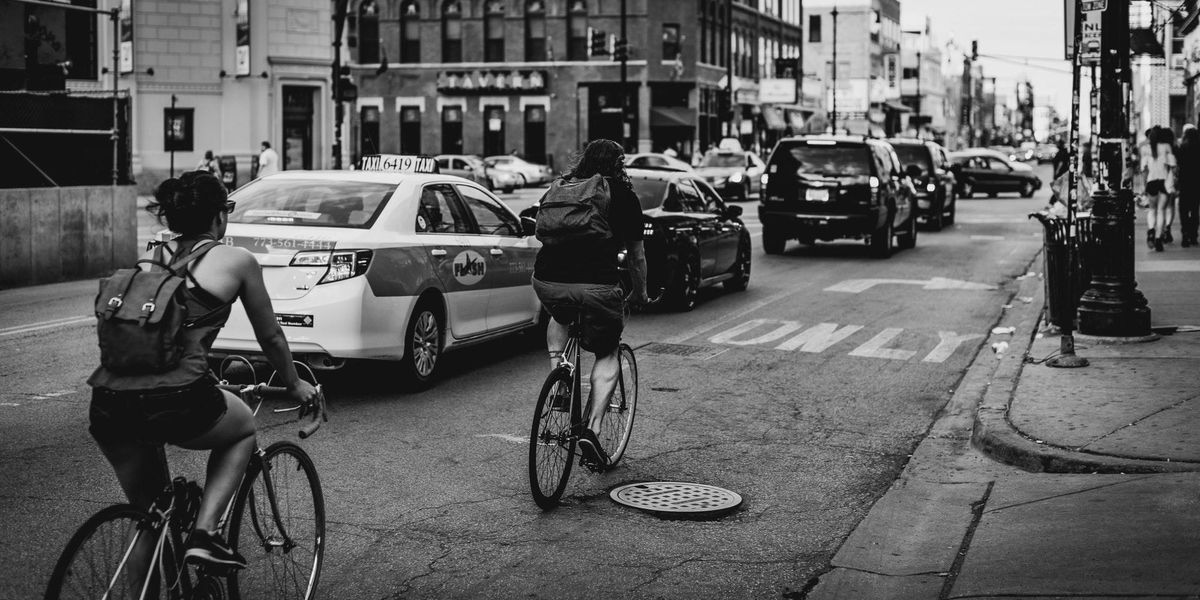
Op-ed: Another road is possible
To tackle climate change and save lives, the Biden Administration needs to support bike- and pedestrian-friendly streets.
Years ago when my grandmother was hit by a car near her apartment in East Harlem -- and later run over by a taxi – she became part of the stupefying toll of Americans killed by motor vehicles.
I remember bursting into tears on a jam-packed NYC subway, my mind fresh with the news. President Biden, too, has lost family on the roads, his young wife and baby daughter.
American car and road design have long dismissed vulnerable road users – those in the smallest cars or in no cars at all. Unlike me, Biden is now well placed to steer us on a sharp turn, one that takes on both vehicular carnage and climate change.
If the president and his transportation secretary can muster the courage to flip the priorities, America's roadways might no longer remain the primitive cousins of Europe's modern streets. Biden's big- ticket transportation items, electric cars, maintenance, and public transit, won't buy us the needed transformation. Achieving adequate scale and timing for those initiatives is a pipe dream, and the roads will remain barbaric.
If the new administration does not act soon, then walking and biking — the lowest-carbon mobility — will remain a fool's bargain.
Europe leads the way on safer streets
The roughly 7,000 bicycle riders and pedestrians killed on the roads each year were "sharing the road" with drivers.
Our streets need sidewalks and protected bike-lanes, but these cannot be the usual scraps of gutter here and there, the leftovers from the car lanes. Everyone who walks knows that sidewalks come and go. Every bicycle rider is familiar with the tiresome bits of lane that peter out just before the corner, forcing us to merge with traffic at the very point where we enter a perilous intersection.
A society that cares about climate and road safety would provide well-lit interconnected trails with safe times to cross, and with overpasses and underpasses that let people avoid the danger zones. Drivers, too, are safer when roads include roundabouts, traffic- calming lane reductions, enforcement technologies, centerline hardening on left turns, and other design enhancements.
While our empty pandemic streets registered a 24 percent spike in fatalities per vehicle miles traveled, including a surge in deadly bike crashes, European cities did everything they could to make walking and biking safe, fulfilling, and even profitable. Cities added hundreds of miles of lanes for non-motorized transport, and some literally paid people to buy, ride, and repair their bikes. Many localities subsidize the cost of purchasing e-bikes (from $554 in Paris to $1200 in Oslo); multiple countries offer $60 vouchers for bike repair, and some have been experimenting with mileage incentives, for example, 35 cents per mile in the Netherlands and 42 in Belgium.
US discourages bikes and pedestrians
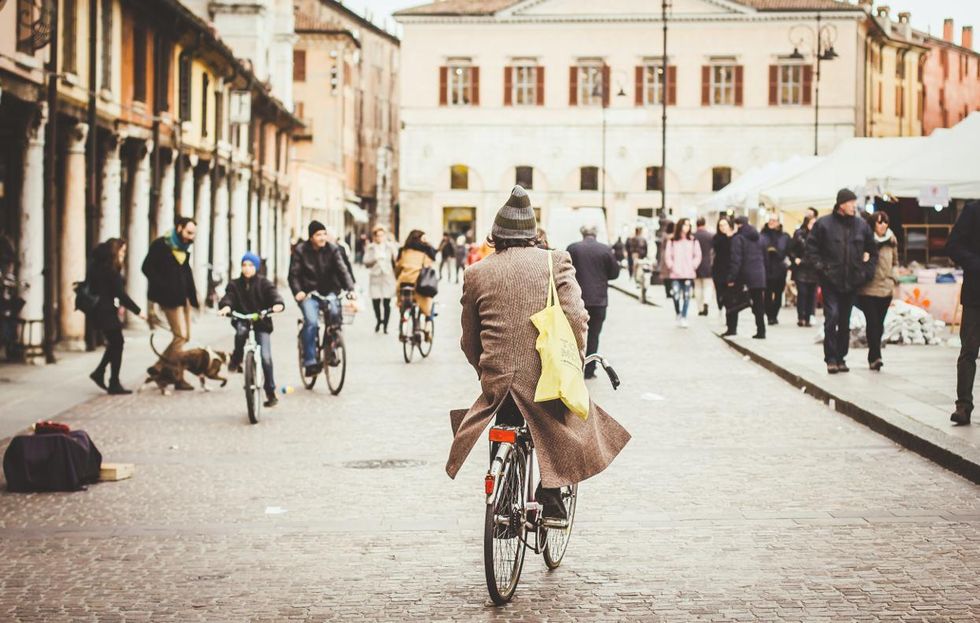
Cyclists in Ferrara, Italy. (Credit: Eugene Zhyvchik/Unsplash)
Meanwhile the US government offers little more than lip service to non-motorized transportation, and some federal agencies actively discourage it. The entrance fees for our National Parks, for example, penalize those who walk or bike.
Why should a family of four pay $35 to drive their car into Yellowstone, but $80 to walk or ride their bicycles? Such fees would be easy to adjust in the interest of equity and air quality.
Many communities are barred from designating safer routes. Virginia and other states have rules forbidding their financially strapped localities from setting speed limits below 25 mph without providing painstaking engineering studies and other justifications. This disincentivizes the creation of "Slow Streets" (sometimes called "living streets" or the Dutch "woonerf") that bring down speeds (often to 5 or 10 mph) and are closed to through-traffic. The federal government should take a hard look at how it recommends optimal speeds, and should nudge states to support rather than discourage bike- and pedestrian-friendly streets.
Commonly, pedestrians killed in intersections are crossing at the Walk sign when they get hit by turning cars. There is no safe time to walk or bike across. In Europe, it is illegal to turn on a red light unless otherwise indicated. The U.S. right-on-red rules and the lack of designated safe crossing times make U.S. intersections more treacherous. The Energy Policy and Conservation Act of 1975 required that states permit right-on-red turns as an energy conservation measure, but this comes at the expense of those road users who require no fuel at all.
New York City is one of the few U.S. locations that still prohibit right-on-red turns unless a sign indicates otherwise. Designated pedestrian crossing times and no-right-on-red should be the default across the U.S.
Let’s make cars cleaner AND less deadly
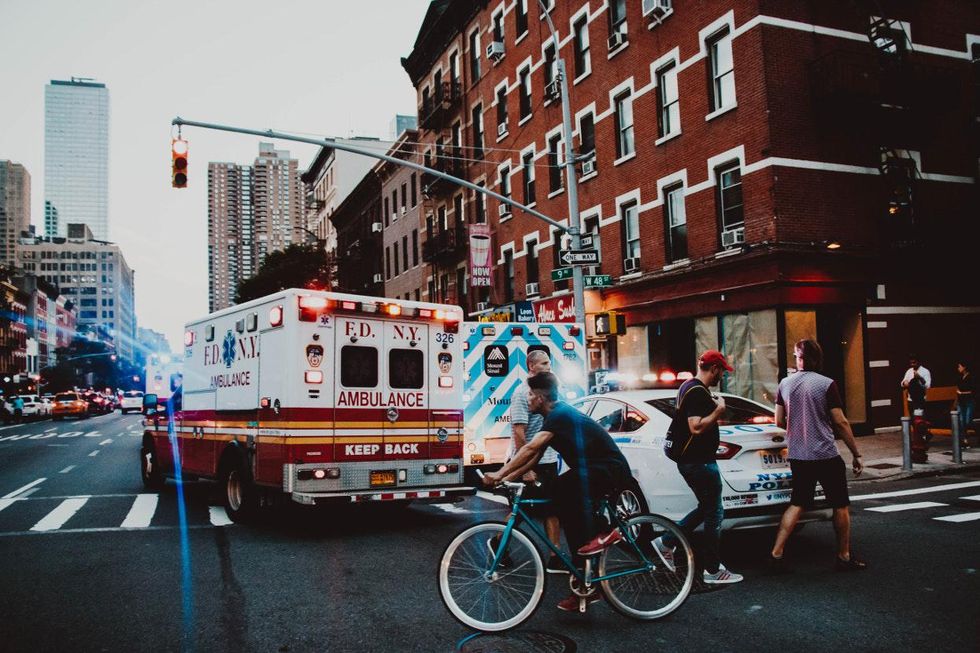
Busy street corner in NYC. (Credit: Benjamin Voros/flickr)
American car design devalues the impacts on vulnerable road users. While fatality rates decrease for car occupants, they continue to climb for pedestrians and bicyclists. U.S. safety ratings focus on car occupants rather than those they hit, whose survival often depends on features like hood architecture and the height, shape, and stiffness of bumpers. The lack of U.S. innovation contrasts with that in Europe, where exterior "pedestrian airbags" were first introduced as standard in the Volvo V40 in 2012, awarded the highest pedestrian-safety rating by the European New Car Assessment Program.
SUVs and pickup trucks are especially deadly to the bicycle riders and pedestrians they hit, causing severe torso- and head trauma. Their typically tall, square front ends increase the likelihood that victims are thrown forward and ultimately run over. Nonetheless, SUVs and pickups make up a growing percentage of the automotive fleet. In the U.S., nearly half of vehicles sold are SUVs. The average SUV weighs just under 5000 pounds, about 2000 pounds more than the average sedan (pickups are far heavier, and presidential SUVs are closer to 20,000 lbs). Due to their weight, bulk and aerodynamics, SUVs consume about a quarter more energy than cars. SUVs were the second largest contributor (behind the power sector) to the increase in carbon emissions from 2010 to 2018.
These vehicles are contributing to climate change both directly and indirectly, through their outsized emissions and by making the roads more forbidding to non-motorized commuters. The gradual addition of hefty electric vehicles such as Ford's 6500 pound F-150 Lightning, even with advanced safety features, will do little to make walking or biking a rational option.
The government has many potential tools -- tax incentives, fuel efficiency goals, engineering standards, public information campaigns – to influence vehicular designs and Americans' purchases.
It is also time to remove "bull bars," aka cattle pushers or brush guards, the rigid metal bars retrofitted on the fronts of some cars, often as a fashion accessory. In the U.S., they remain unregulated. The European Union restricts the sale of bull bars given their harm to pedestrians and bicycle riders. These bars are head-high for children. They transmit the vehicle's force without the "give" or crumpling that bumpers provide. They should not be used on civilian vehicles. Safety experts also question their popularity on law enforcement vehicles to protect front bumpers from damage. On occasion, police use bull bars to push disabled vehicles or for "pursuit intervention techniques" (PIT maneuvers), in which the car's front touches the rear of the fleeing vehicle causing that car to spin.
The sides of trucks are danger zones for bikers and pedestrians but also for those in cars. The gap between the wheels is especially hazardous on turns, trapping and crushing other road users. A solution worth importing is the use of side underride guards, required in other countries and on some vehicles in New York City, and endorsed by the National Transportation Safety Board to protect bicyclists, pedestrians, and car passengers. These railings prevent road users from being swept under the vehicle.
An opportunity to make roads safer for all
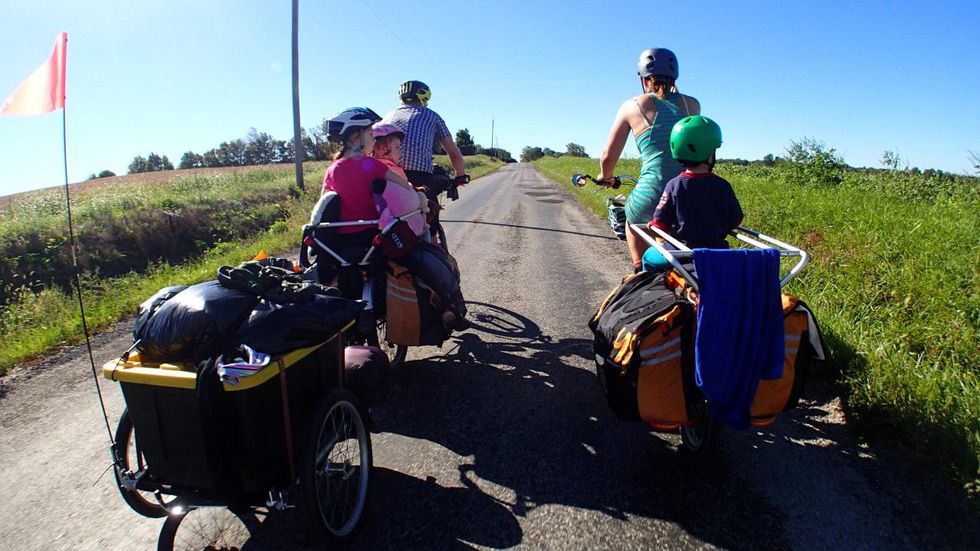
Family biking in Indiana. (Credit: Mark Stosberg/flickr)
The U.S. is on the verge of a significant missed opportunity in transitioning government vehicles to electric. President Biden's executive order of January 27 calls on federal, state, local and tribal governments to convert their fleets to "clean and zero-emission vehicles." This includes the federal government's own 645,000 vehicles, which emit more than 7 billion pounds of greenhouse gases into the atmosphere annually.
The overhaul offers an opportunity to advance vehicle designs – from pedestrian crash avoidance systems and external airbags, to side underride guards on trucks. Incorporating cutting-edge safety features in an electrified federal fleet would bring these designs into the American mainstream.
It's time to stop enabling reckless behaviors.
Why do we pass drivers' license applicants who fling open their car doors without looking back? In countries such as the Netherlands and Sweden, this can be grounds to fail the test, but in the U.S. it is considered a nonissue. "Dooring" kills bicyclists yet receives little to no mention in 84 percent of state drivers' manuals. Safety advocates promote the "Dutch Reach," opening your car door with the opposite hand, the one farthest from the door, while looking back for oncoming bikes or pedestrians.
Automated enforcement can make the roads safer while saving law-enforcement resources and reducing the incidence of police discretion. Yet several states including Maine, Mississippi, New Hampshire, South Carolina, Texas and West Virginia ban the use of automated cameras to enforce speed limits and to deter red-light-running. The 2015 Fixing America's Surface Transportation Act, the extension of which will end this year, goes so far as to prohibit states from using federal highway safety funds for automated enforcement cameras, except in school zones. Speeding increased last year, with deadly consequences. There is also a high incidence of text messaging and, anecdotally, video-viewing while driving.
According to the most recent data, 6,205 Americans were struck and killed while walking and 846 while riding their bikes in 2019. Yet across the nation, safety advocates' pleas for dedicated crosswalk times, turning restrictions, speed limits, and other measures are rejected because of the potential to impede traffic flow. To stand up to the brutality and backwardness of America's transportation patterns and to mitigate climate change will take a sharp U-turn in the way this country prioritizes drivers over non-armored road users.
Does the administration have the courage to notice and protect the most vulnerable travelers?
About the author: Fifteen years ago, Cynthia Palmer traded in a daily grind of bus and train rides for the luxury of door-to- door service on her bicycle. For many years she pulled her daughters behind her bike in a double trailer. She is an all-season bicycle-commuter and transportation-runner in Arlington, Virginia, where she serves as vice-chair of the Bicycle Advisory Committee.
Banner photo: Chicago cyclists (Credit: Adrian Williams/Unsplash)

